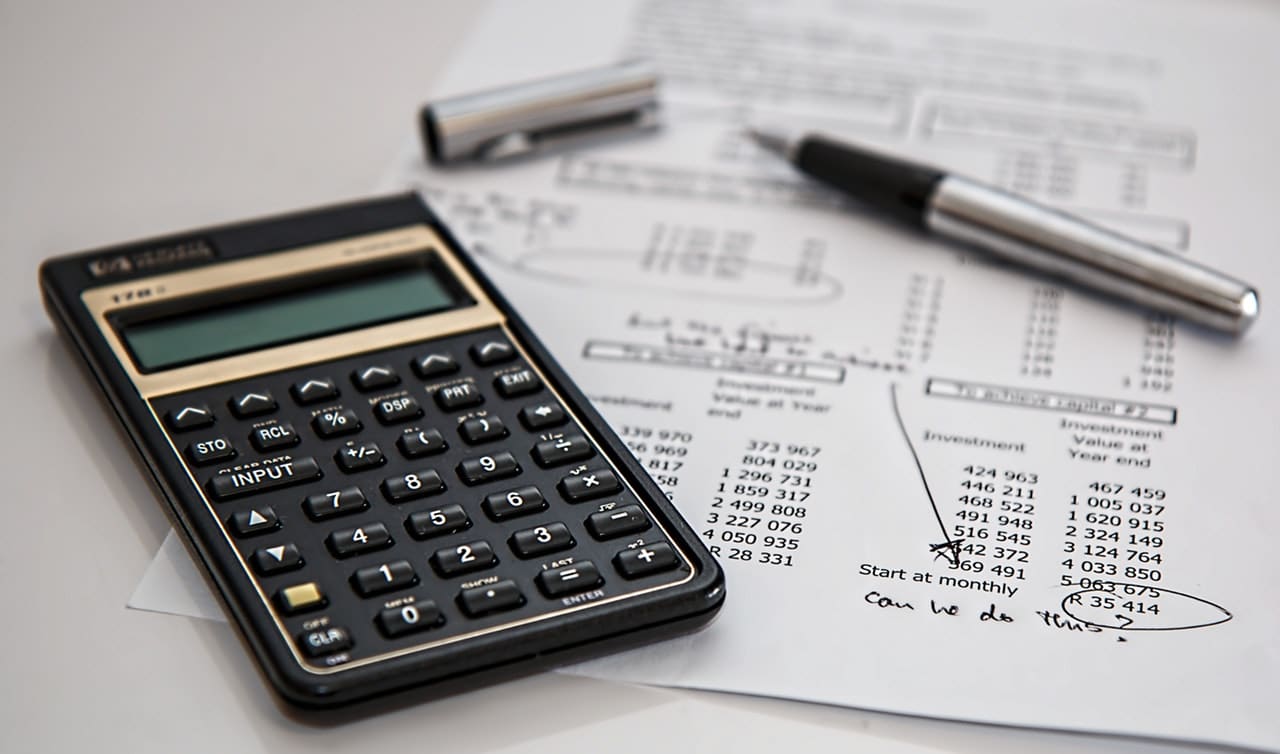The current level of national debt in the United States is $20.175 trillion. Of that, the burden per taxpayer is $167,309, and the average debt per citizen is $61,911. On the income side, US federal tax revenue is $3.314 trillion, with an average revenue per taxpayer of $27,493, and a revenue per citizen of $10,171. The total US debt is $67.844 trillion, and the interest paid on that debt is $2.514 trillion.
These figures are mind-boggling, but they don’t do justice to the severity of the problem at a household level. The current level of household debt in the United States is rising fast. Finance experts have been cautioning about the burgeoning levels of US household debt. The present level of debt is approaching $13 trillion. This begs the question: When should we become concerned about US household debt levels?
IMAGE: PEXELS
How Hot Is Your Debt?
At levels like this, the individual impact of household debt is already being felt. Finance consultants use a resource known as a debt thermometer to gauge how hot the current debt is. [pullquote]There are essentially 2 types of debt that households can take on in the United States: debts with a mortgage, and debts without a mortgage.[/pullquote] If a person does not have a mortgage, it is assumed that the safe level of debt to bear is under 20% of your income. If you are earning a ballpark figure of $100,000 per year, a safe level would be under $20,000. That is debt that is considered serviceable.
Households typically encounter lots of trouble with the debt when that percentage increases to between 20% and 35% of your income. Anyone that currently endures debt burdens of 40% + of their income is typically underwater as far as debt levels are concerned. From the mortgage perspective, the threshold on the debt thermometer naturally increases because mortgages are typically substantially higher than unsecured debts like credit cards. The average mortgage can run from $100,000-$500,000, and most people don’t have salaries in that region, so the 20% threshold has to rise to 40%. If you have mortgage-related debt and it makes up more than 60% of your income, you will be in a financial quandary.
The Debt To Income Threshold: What Is Your Figure?
In summary, when approximately 50% of your income is channeled to debt repayments, you start to find yourself in trouble. The reason for this is that interest repayments are being made on top of interest repayments. If the debt is not being fully serviced, it incurs additional costs on top of the costs, thereby taking much longer to pay off the principal. [pullquote]There are 5 major areas where households are being burdened by debt: mortgages, automobile loans, student loans, medical debt, and credit card debt.[/pullquote] We are now burdened by a problem whereby inflationary pressures are rising and real income growth is stagnating.
This is particularly true in countries across Europe such as the United Kingdom where inflation has exceeded expectations, but stagnating real wages are causing a tightening in disposable income levels. To service the debts, typical households are pulling money from their savings and retirements to pay for things like deposits on automobiles, homes and even to pay down credit cards. Debt-related issues are brought about by any number of factors, including reckless spending, the loss of employment, becoming sick and infirm, divorce, death etc.
Using Effective Tools To Lower Debt Repayments
Whenever these types of crises occur, it’s important to have a workable plan to deal with them. One of the most effective means of getting out of debt quickly, or at least reducing the overall debt burden is using debt consolidation to pool together multiple similar debts such as credit card debts. Credit cards are a unique category of debts in that they are typically among the most expensive debts to service.
The APR (annual percentage rate) on credit cards hovers around 20% – 30%. When interest rates are rising, the burden is transferred to credit cards in a big way. Instead of paying hefty interest -related fees and charges on servicing credit card debts with varying ADRs, a debt consolidation loan can take all debt, added together and then offer it at a much lower interest rate. The debtor can then pay off all the credit cards and have a lower monthly repayment on the debt consolidation loan. Note that debt consolidation loans are used when the debtor is not in default. It is an option that is advised before you hit financial trouble.
For more financial-related articles and information from us here at Bit Rebels, click here!


COMMENTS